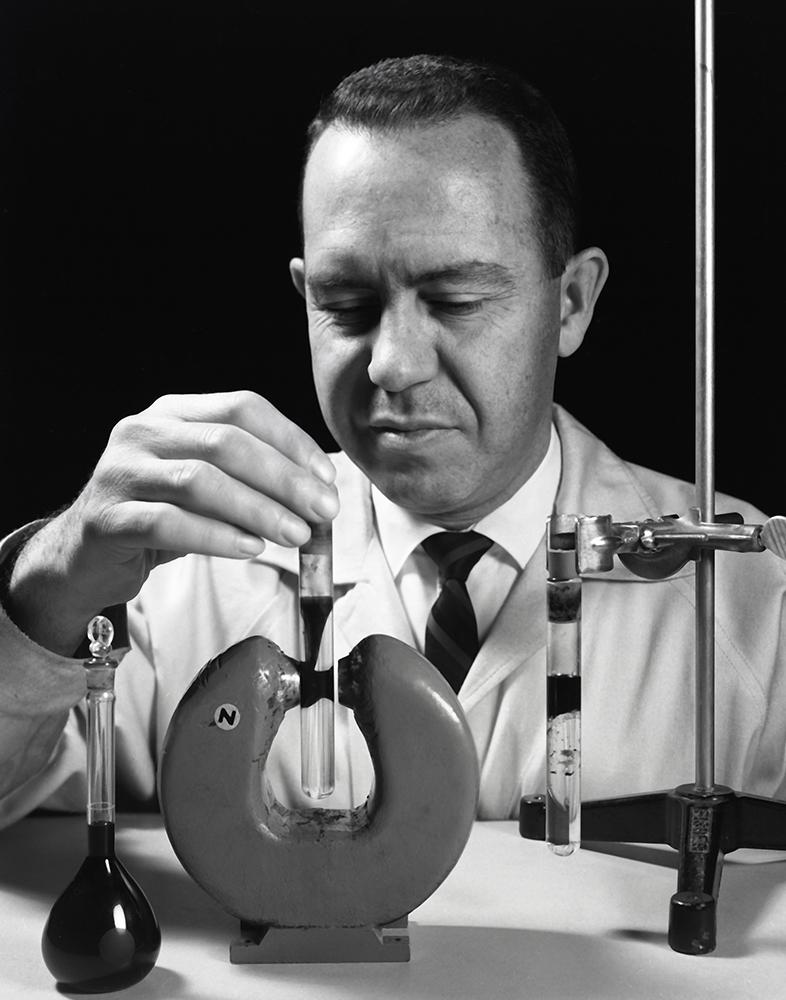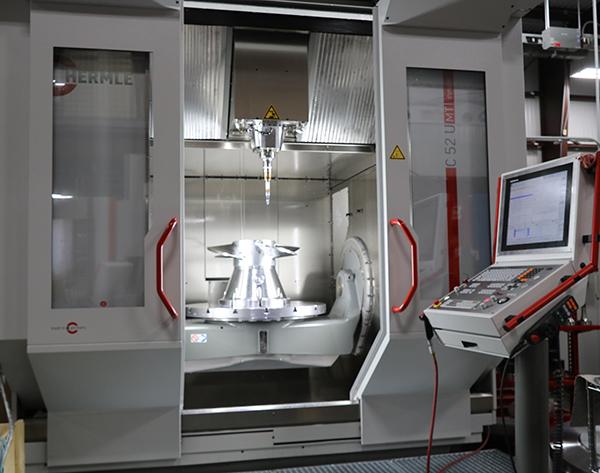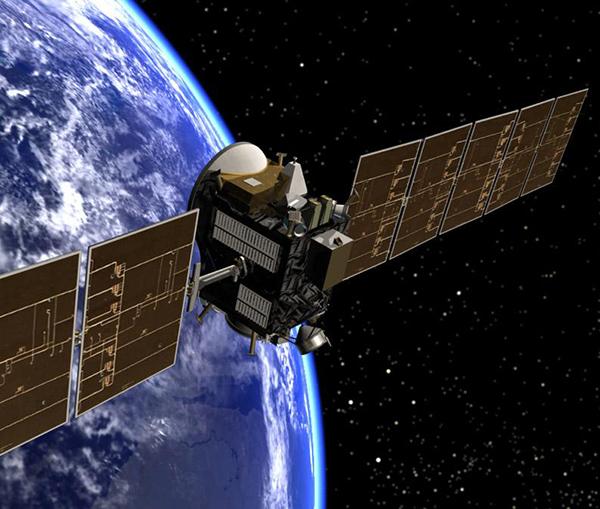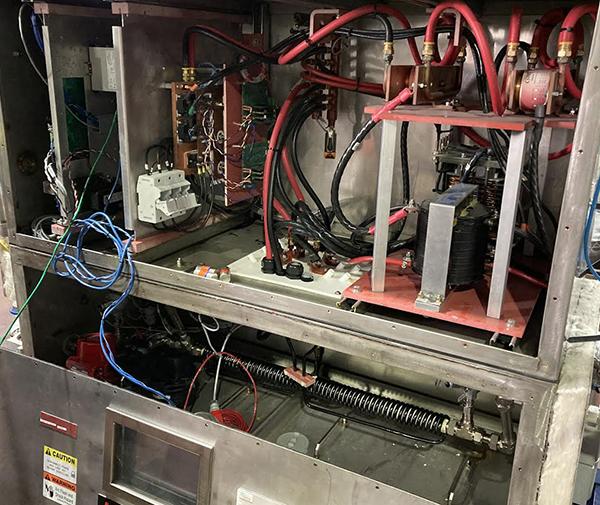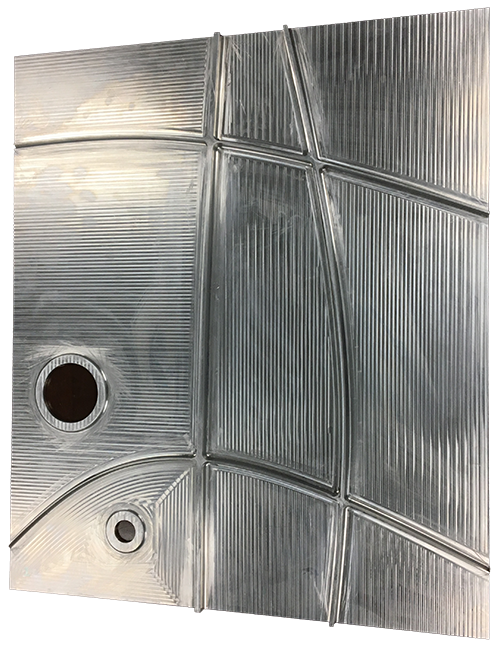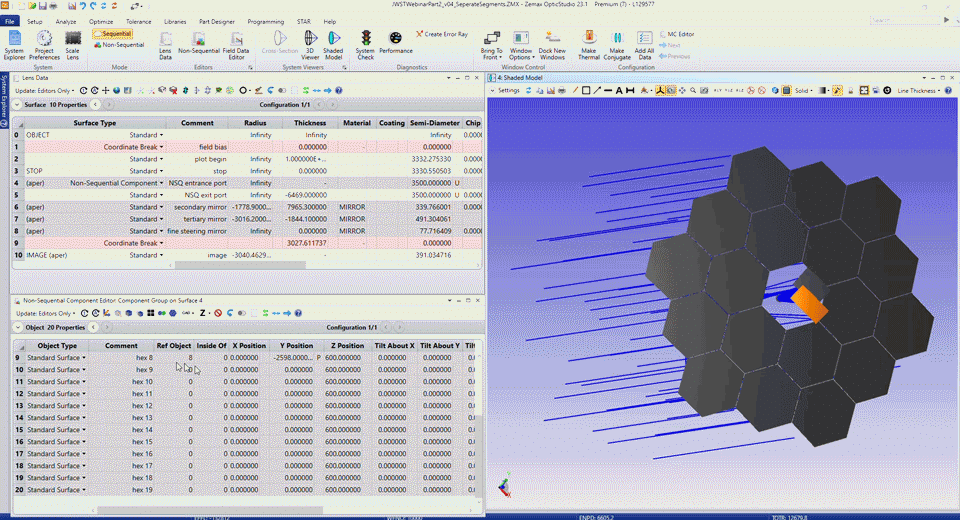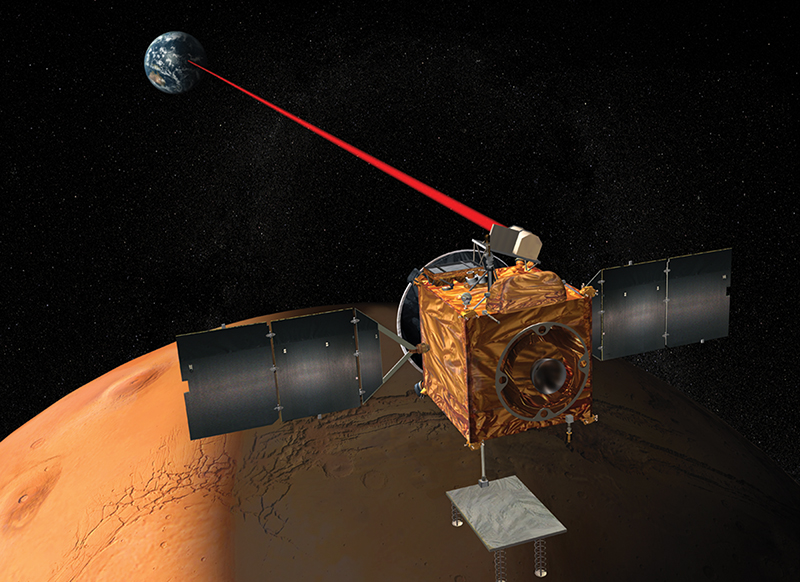
Advanced Sensors Boost Optical Communication, Imaging
Originating Technology/NASA Contribution
In 1992, on a gravity assist flyby of Earth that would help propel it along its mission to Jupiter, NASA’s Galileo probe detected a line of light pulses emerging from Earth’s night-darkened hemisphere. Over the next few days, Galileo’s camera imaged similar signals—even though the probe was hurtling through space nearly 4 million miles from the planet.
The pulses Galileo detected were powerful laser bursts from telescopes at NASA’s Table Mountain Observatory in Wrightwood, California, and the U.S. Air Force Phillips Laboratory Starfire Optical Range near Albuquerque. The lasers, firing bursts in the range of tens of megawatts, were part of the Jet Propulsion Laboratory (JPL) Galileo Optical Experiment (GOPEX) that gave a glimpse into the future of communications—and how a Mars colonist might one day phone home.
As the scope of NASA’s missions have expanded in reach, unprecedented levels of data have flooded in from increasingly powerful sensors, and as manned missions and possible colonies on the Moon and Mars have inched closer to becoming viable realities, the Agency has seen the need for more efficient and effective means of communicating across the expanses of space. In addition, the practical demands of space exploration require further reductions in spacecraft size and weight, making smaller, lighter, more energy-efficient communications equipment a priority. GOPEX demonstrated the potential of free space (no physical connection) optical communications.
JPL’s Optical Communications Group has been tackling the challenge of enabling space missions to return 10–100 times more data while reducing antenna area to 1 percent of its current size—all while also employing less mass and power. Optical laser communication presents a host of benefits in these regards. It offers high-bandwidth, low mass, and low power consumption, allowing missions to communicate deeper into space. Optical communications are to radio frequency communications as a dart is to a shotgun blast; a radio signal from Mars spreads out to about 100 times Earth’s diameter by the time it reaches the planet, while an optical signal pinpoints a spot about one-tenth of the Earth’s diameter. This kind of precision enhances the security of the communicated data, but there are significant difficulties in acquiring, tracking, and pointing optical signals accurately over such incredible distances. As such, JPL continues to explore increasingly powerful sensor technologies that can help detect even the faintest light signals, helping enable NASA’s effort to establish interplanetary communications networks and a virtual presence throughout the solar system. One company has assisted JPL in this mission by developing a light sensor that has multiple applications on Earth, as well.
Partnership
Brooklyn, New York-based Amplification Technologies Inc. (ATI), a subsidiary of PowerSafe Technology, received Phase I and II Small Business Innovation Research (SBIR) contracts with JPL to pursue the development of a solid-state photomultiplier capable of detecting light down to its most reduced form—particles called photons. Photomultipliers are highly sensitive light sensors that boost the signals of even the faintest light to detectable levels. ATI, an advanced developer of photon detection technology, had already developed its patented Discrete Amplification Photon Detector (DAPD), a solid-state, silicon-based photomultiplier that can detect visible light wavelengths down to a single photon. JPL was looking for photomultipliers that could detect individual photons in the near infrared (NIR) light wavelengths, specifically in the bands of 1060 and 1550 nanometers (nm) that the Center is exploring for use in free space optical communications. ATI employed its SBIR funding to implement a new indium-gallium-arsenide base for its DAPD technology, leading to a photomultiplier that detects single photon levels in the NIR range of 950 nm to 1700 nm. JPL used the device in its laser communications module, and it is now emerging as a commercial product with a variety of terrestrial uses.
“We looked at the NASA requirements and jumped on the project,” says ATI consultant Dr. Krishna Linga. “We came up with a unique product that no one else has on the market today.”
Product Outcome
ATI commercialized its SBIR-developed photomultiplier as the company’s NIRDAPD series. The extremely high-gain NIRDAPD sensor takes advantage of ATI’s patented discrete amplification method, which uses multichannel amplification to boost the low-level electrical signal produced when the sensor encounters individual photons.
“If you take a simple photodetector, it can only yield one electron from one photon,” says Linga, meaning the sensor will not be very sensitive to the lowest levels of light. “ATI’s detector is able to sense a single photon and yield a million electrons.” Those million electrons, Linga explains, can then be transferred in some form of a current to a resistor, and the significant voltage drop in the resistor can be detected by any general electronic meter. Featuring many tiny cells, each capable of detecting a single photon, the NIRDAPD sensor does not require any additional amplifiers or external circuitry to render the current from the circuit detectable. “You just plug the sensor into any electronic media that can record these signals,” Linga says. The sensor has a fast response time, high voltage and thermal stability, and a low noise factor (intrusion from undesired ambient light has a minimal impact), in addition to being small (less than 5 millimeters), light in weight (less than one-tenth of a pound), and energy efficient. These qualities all amount to a solid-state photomultiplier that ATI says outperforms other solid-state photodetectors in the NIR wavelength range.
“This device can be applied for any NIR optical sensing that requires single photon detection,” says Linga, citing communications, the military, and imaging as main markets for the sensor. The NIRDAPD photomultiplier can be used for free space optical communications applications closer to Earth, like satellite communications and data transmission from unmanned aerial vehicles used for military purposes or forest fire detection. Additional military applications include lidar and ladar range-finding used to target munitions with pinpoint accuracy (the sensor detects the faint light from the targeting beam reflected off the target), and night vision goggles, which can take advantage of the sensor’s portability and ability to operate efficiently at room temperature. (Other infrared sensors often require liquid nitrogen cooling to operate effectively.) NIR cameras can also benefit from these qualities.
While the company has not yet explored medical applications, says Linga, he notes the sensor can be used as part of a laser-based glucose monitoring system. He also points to quantum cryptography, which employs elements of quantum mechanics—including photons—to secure encrypted information, as a future application for ATI’s NASA SBIR-funded sensor, meaning this technology could one day be used for protecting secrets on Earth and among the stars.
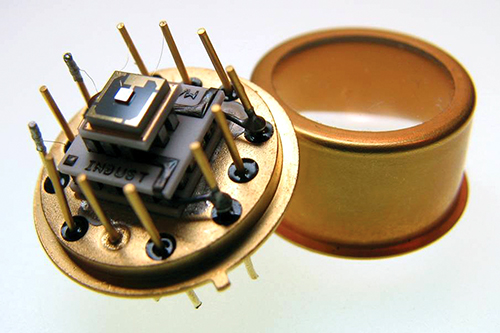
Amplification Technologies’s NIRDAPD photomultiplier can sense infrared light down to individual photons, without the cooling required by other infrared sensors.

Lasers may one day facilitate interplanetary communications networks and high data-rate transmissions from powerful space-based sensors.







